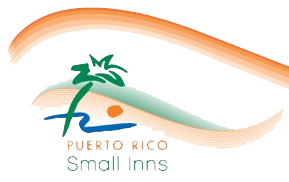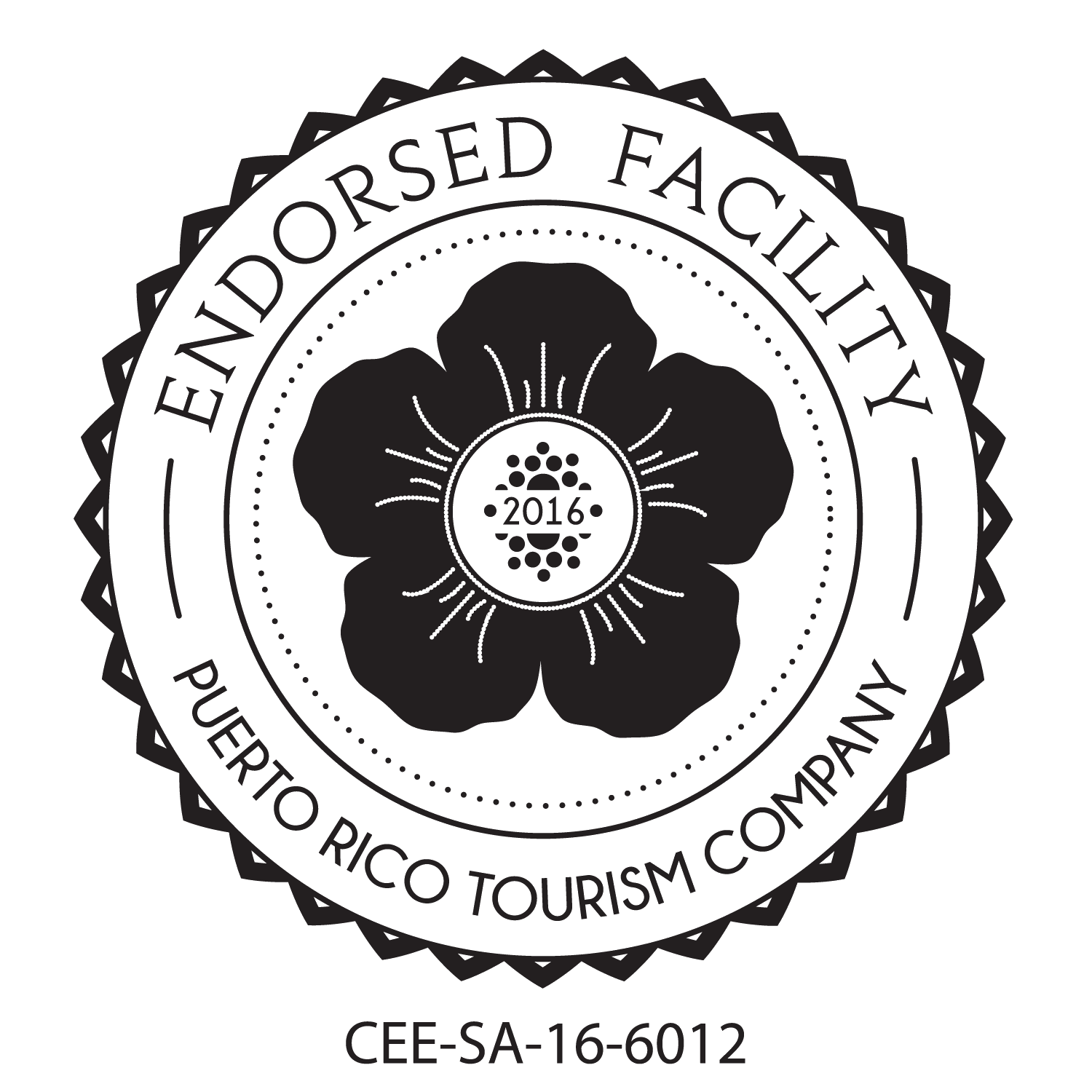Are you an eco-friendly traveler?
As the health and welbeing of the global environment not-so-slowly deteriorates, guests like you are inspiring an eco-revolution. Everyday more and more people have begun to make better and more conscious decisions on behalf of the planet. But what about your vacation? Air travel admittedly is not carbon friendly. But, despite its large carbon footprint, flying is sometimes the only way to get to your intended destination. Not everyone has the time or wherewithal to sail their yacht to Puerto Rico. So what else can you do to make your vacation more sustainable?
Eco-tourism
Eco-tourism is a low-impact method of travel that centers around the exploration of natural environments. It’s a small scale alternative to the typical mass commercial tourism and it aims to promote the conservation of local ecosystems and wildlife. The El Yunque Rainforest Inn Bed and Breakfast is the premier eco-tourism establishment in Puerto Rico. Located in the only tropical rainforest in the U.S. National Forest System, the Rainforest Inn curates a relaxing nature filled vacation while costing the environment as little as possible. From its rainwater recycling system to it’s locally-sourced vegetarian kitchen, the Inn strives for sustainability in every aspect of its business. With every new improvement or renovation there is always special environmental considerations such as how can we use less energy or source more recycled materials. This brings us to our newest eco-project…
The Rainforest Inn’s Solar-Heated Plunge Pool
The summer of 2019 the Rainforest Inn undertook a revolutionary project — a sustainable spa pool. Most luxury hotel pools allow no considerations for the environment, using tens of thousands of gallons of highly chemically treated water pumped by oversized and energy wasteful pumps. Here at the Inn we wanted to build an eco-friendly pool for the property that would allow guests a cool place to relax and hang out without compromising our earth-friendly mission statement. So that’s what we did!
The Engineering Intern
Olivia Giaquinto: Rising senior Environmental Science and Engineering B.S. Candidate at Harvard University in Cambridge, MA
My name is Olivia Giaquinto, I am going to be a 4th year Environmental Science and Engineering B.S. Candidate at Harvard University, and this summer I was hired as the Rainforest Inn’s Environmental Engineering Intern. Though a pool planning novice at best, I accepted the challenge and started the design process with a simple Google search. I wanted to know what was out there in terms of eco-friendly pools, but unfortunately I didn’t find much. Most luxury hotels, even those that boast environmentally sustainable practices, don’t have any defining eco-friendly pool features. So I started from scratch, downloaded a computer aided design program and dove in headfirst — pun intended.
The Size
The single biggest sustainable aspect of the spa pool is actually as simple as its size. At only 2,200 gallons, the Rainforest Inn’s spa pool is less than 10% of the size of the average luxury hotel pool. This not only means less water use but it also means smaller and more energy efficient pool equipment as well as less chemical’s are needed to keep it clean!
Solar Heating
The second biggest eco-feature of our pool is the zero-energy solar heating system. Being in a rainforest in the tropics means lots of rain and lots of sun. I designed a large, slanted, South facing roof that covers 100% of the pool area. The roof is a key component because not only is it the platform for our solar collectors, but it also protects our guests from the elements and keeps the pool free of debris which reduces the load on our filter. It is a simple, cost-effective, and energy efficient alternative to an electric or gas pool heater.
The Machinery
Since minimizing energy consumption was a priority I had to put special thought into deciding what pool equipment to use. Finding a pump that is strong enough for your pool size is important, but that means that most pool constructors end up overcompensating and installing machinery that is far too large. I learned that the best way to keep your energy use down is to get a variable-speed pump. This style of machinery allows you to customize the flow rate to your needs, ultimately keeping your system at peak performance and saving you money and energy. Along with the Energy-Star rated pump, we used LED pool lights and Energy-Star rated products designed specifically for smaller pools. See this attachment for a detailed list of all of the products we used in our sustainable swimming pool.
Recycled Materials
We cleaned nearly 1,000 vintage recycled tiles for the project!
Though we were unable to find any adequate reclaimed wood for our roof construction, we reused and recycled materials where we could. While most pools opt to paint the inside of their pool to save time and money, we wanted to limit the use of chemical filled paint in our pool. Painted pools also have to be continually resurfaced every 5-10 years. Because of this we decided to surface the inside of the pool with vintage, recycled, non-slip tile. Though surfacing with tile is an initial investment, it lasts much longer than paint and ultimately is the more sustainable choice.
















